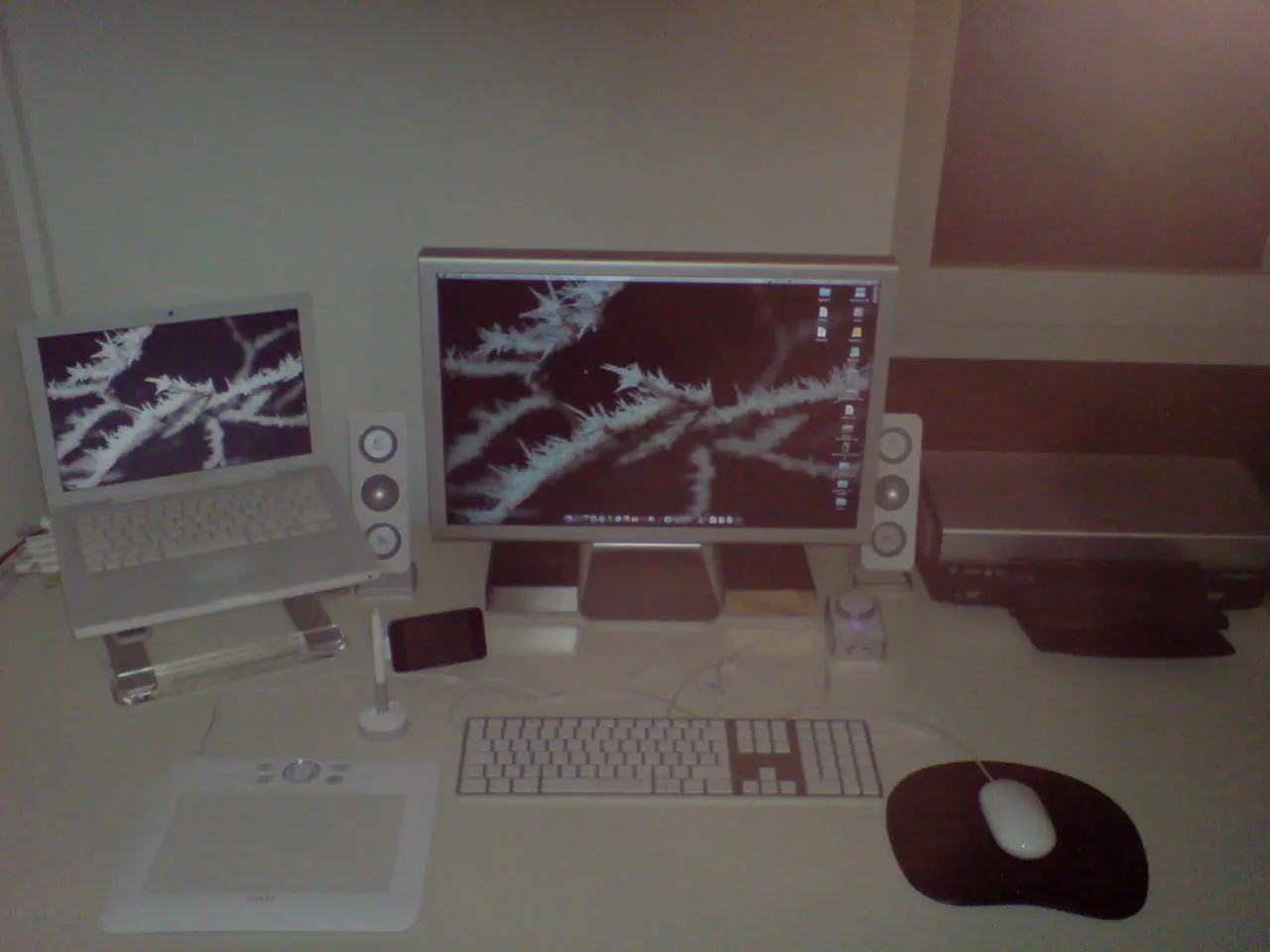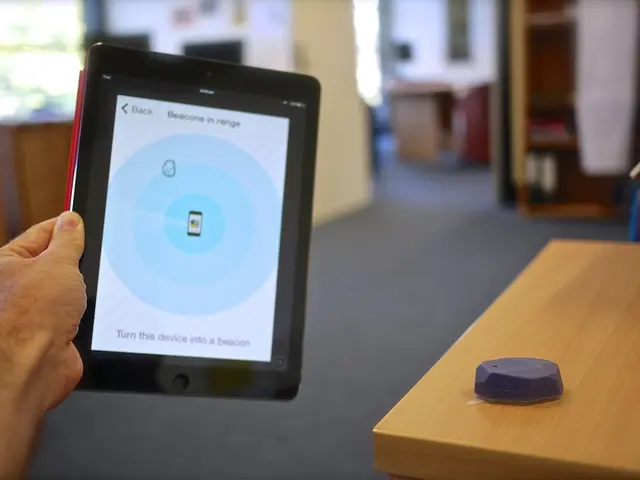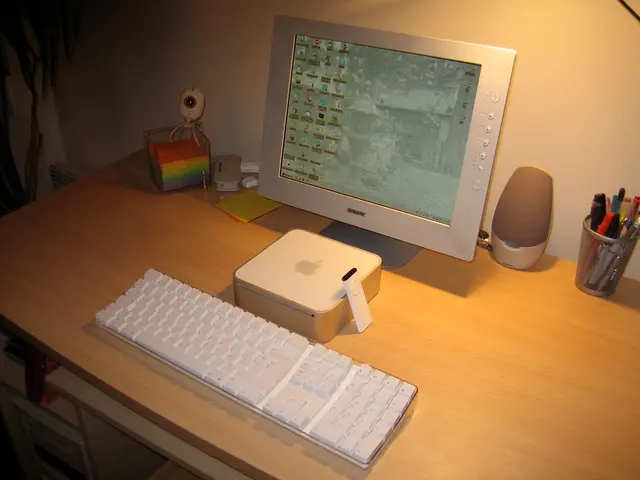Overview of ESP32 Dashboard as an Informative Platform
Evergreen ESP32 and Its Versatile Applications with E-Paper Displays
(Embrace the power of connected devices with these innovative ESP32 projects featuring e-paper displays!)
Holding its ground despite the plethora of tech advancements, the venerable ESP32 remains a formidable tool in the realm of connected devices. Drawing our attention to the ESP32 Dashboard, crafted by the skilled hand of [Max Pflaum], showcases a brilliant combination of ESP32 and e-paper display. This ingenious creation serves as a customizable notification tool, whose potential is amplified thanks to an array of widgets that can be easily loaded onto it.
The software powering the ESP32 Dashboard is where the real magic happens. Instead of being stuck with pre-set configurations, users can extend its capabilities by writing additionalwidgets in MicroPython, the preferred programming language for the device. The e-paper screen is intelligently divided into four zones, perfect for accommodating multiple widgets simultaneously. For all the sizzling details, delve into the GitHub repository.
We're big fans of the ESP32 Dashboard, owing to its user-centric design and the ability to deliver useful functionalities seamlessly. You've likely seen this pairing of ESP32 and e-ink before, as it has appeared in a variety of creative badges across the globe.
But don't just take our word for it. Here are a few more inspiring examples of ESP32 projects utilizing e-paper displays and MicroPython:
- ESP32 E-Ink Dashboard by Max Pflaum: This project enriches the original concept of the ESP32 Dashboard by incorporating a clock, weather information (courtesy of OpenWeatherMap API), and network statistics (obtained from Pi-hole API). The framework is designed in Python and MicroPython for optimal easy programming and strips down critical information on a low-resolution e-ink screen without clutter. This setup conserves energy for continuous display of essential stats[1][4].
- Modular E-Paper Dashboard with ESP32 and Web Backend: This project features a highly customizable fitness and personal data dashboard displayed on a 7.5" tri-color e-paper display driven by ESP32. The system harnesses the power of a Python backend (Flask) to gather data from various sources, including Strava, Garmin, and OpenWeather, while rendering dynamic dashboard images. The ESP32 periodically fetches these images for resplendent display. The modular and flexible nature of the project allows users to craft their own widgets and pull data from a multitude of sources, utilizing MicroPython on the ESP32 to update the display[2].
- CrowPanel ESP32-S3 4.2” E-paper HMI Display: This hardware module boasts a 4.2" 400×300 resolution e-paper display powered by an ESP32-S3. Although emphasizing the device's impressive hardware specifications, its compatibility with MicroPython-based display projects, including dashboards and interactive HMI applications on e-paper, makes it an exciting proposition[5].
All these projects share distinctive traits: the power efficiency of e-paper displays, real-time data updates via APIs or custom backends, and implementations utilizing MicroPython scripting on the ESP32 platform for flexibility and hassle-free development.
To sum up, aside from the original ESP32 Dashboard, other projects focus on:- Customizable fitness and activity tracking dashboards, consisting of weather and personal data.- Modular widget systems with web backends for dynamic data rendering.- High-resolution e-paper HMI displays that support MicroPython, offering room for advanced interfaces.
These projects testify to the potential of ESP32, e-paper, and MicroPython in creating versatile, energy-efficient display solutions, tailored to an array of user preferences[1][2][4][5]. So why not take a glimpse at the fascinating world of ESP32-powered e-paper displays and set your creativity loose?
The brilliance of the ESP32 is highlighted by its compatibility with programming languages like MicroPython, empowering users to write additional widgets for customizable display solutions. For instance, the ESP32 E-Ink Dashboard by Max Pflaum incorporates a clock, weather information, and network statistics, all written in MicroPython.
Moreover, in the realm of smart-home-devices, e-paper display projects like the Modular E-Paper Dashboard and CrowPanel ESP32-S3 4.2” E-paper HMI Display leverage the power of APIs, web backends, and MicroPython scripting, expanding the possibilities of hardware devices such as gadgets and technology.





